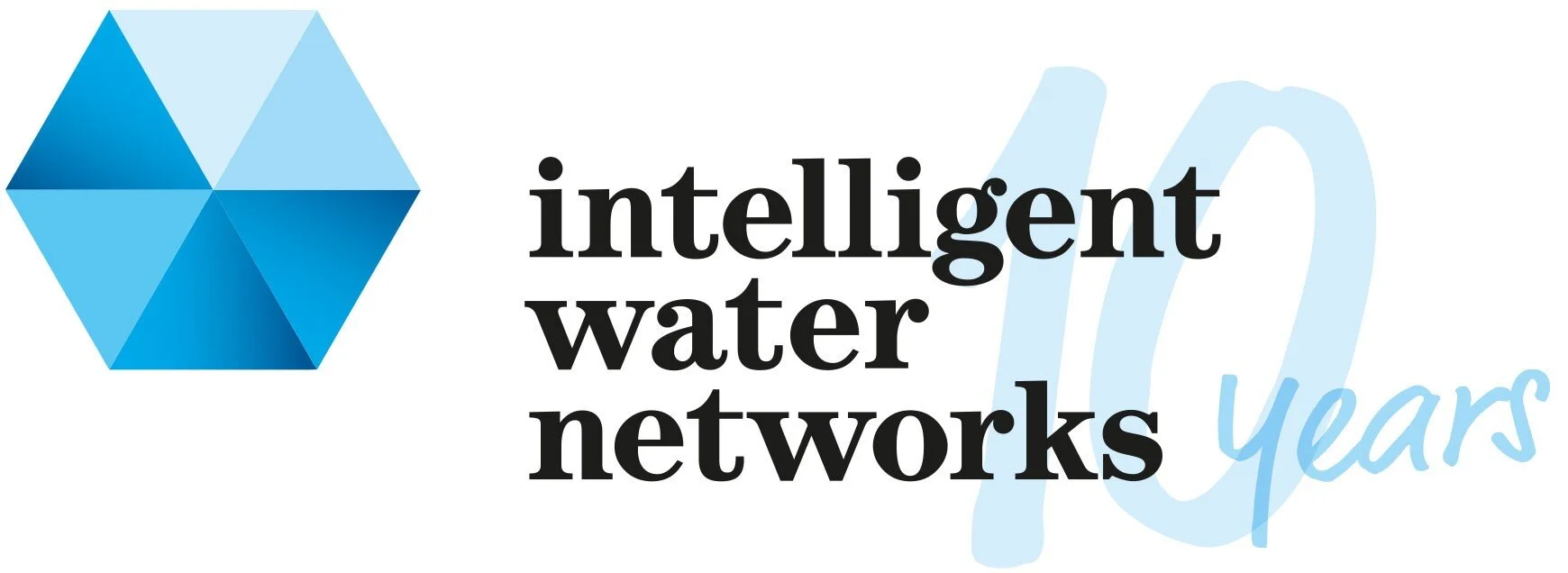Eye in the sky and an asset risk monitoring trial
North East Water (NEW) will be participating in a trial in an attempt to validate that the use of satellite data and advanced analytical techniques can in detecting hotspots of activity and the locations of heightened risks attributable to the failure (collapse or leakage) of pipeline assets.
Data layer deliverables to be identified will include terrain movement, vegetation intrusion, pipeline asset risk and asset risk zones. A contractor will also provide a list of identified leaks via a street address. Then with each leak will be marked on an individual site plan and validated using existing site acoustic methods.
This trial won’t be focused purely on actual leak detection, but will also be used to assess if the combination of outputs add to can provide potential leak detection benefits indicators. It should may also be used to provide advanced warning of horizontal and vertical ground movement. Further to that, there is the and potentially for this technology to detect ground slumping caused by infiltration into stormwater and wastewater networks.
Longer term benefits to Intelligent Water Networks (IWN) members could be gained by using it as an early warning ‘big picture’ assessment of their assets. This can include all assets, including water, draining drainage and waste water as well as roads, reservoirs, dams, water courses, pump stations and critical trunk mains.
Dean Barnett, IWN Program Manager - Leak Detection, Condition Assessment & Infiltration said: “This is a very exciting project which could change the way water corporations do business into the future.
We have a great diverse team working on this project, from specialised contractors to skilled and experienced staff from NEW. It’s only early days as the project kicked off last month.
At this stage we believe some longer-term benefits to IWN members is an early warning big picture high level assessment of their assets, which can include all assets from water, drainage and waste water, as well as to roads, reservoirs, and dams, water courses, or pump stations. and critical trunk mains. All this can all be monitored precisely over time with the detection of millimetre variations.
We should have some more conclusive results towards the end of the year and early next year.”
